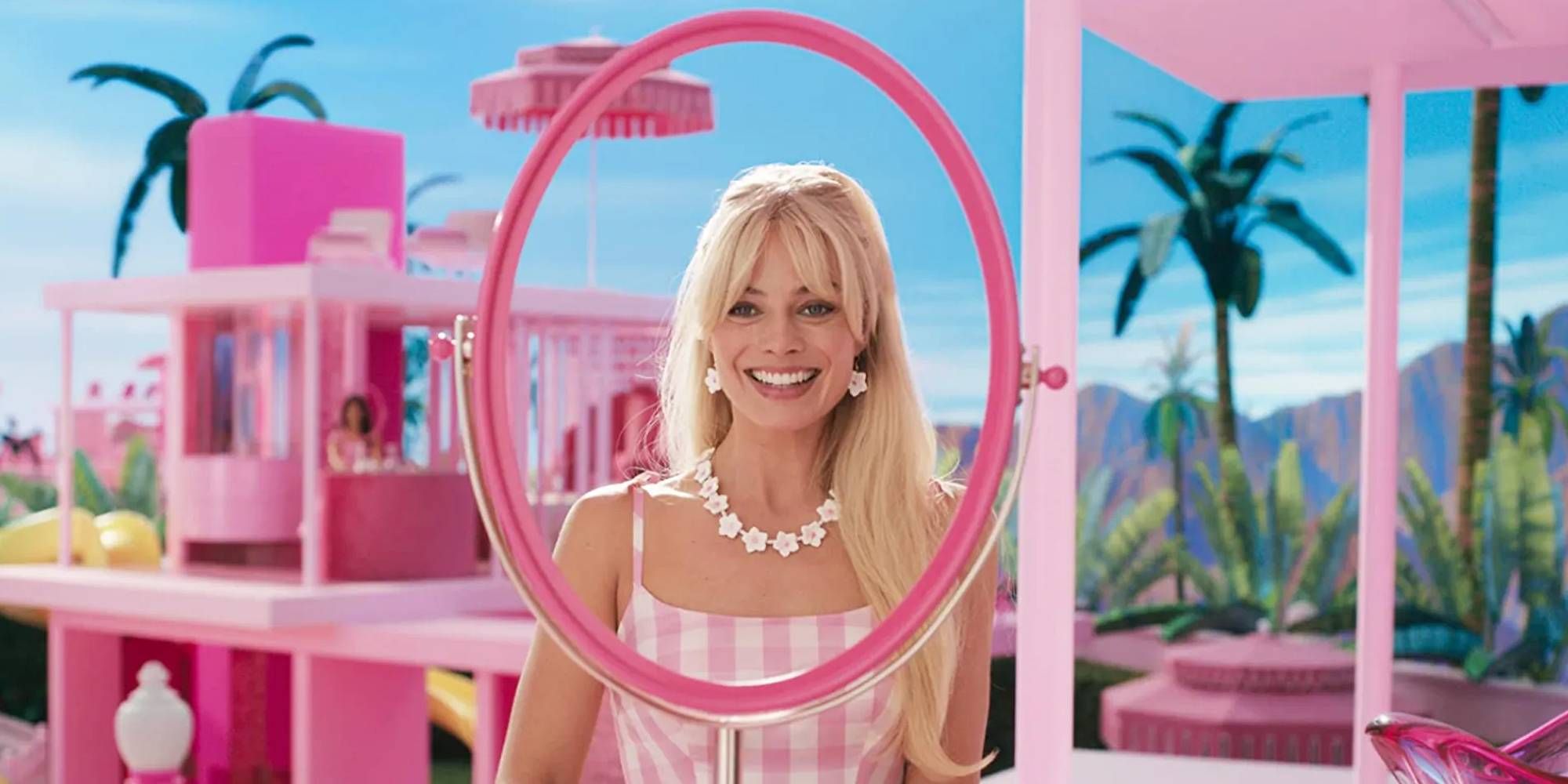We’ve been knee-deep in Barbie discourse since opening weekend. That’s a fact I find surprising given Barbie isn’t a particularly provocative film. It’s a fun watch, sure, but it’s not as brilliant, revolutionary, or empowering as fans describe it as being. To be fair, that’s not to say I haven’t had my fair share of opinions about it – I’ve written about Michael Cera’s Allan as a wonderful example of broadening understandings of masculinity, criticised it for portraying the most milquetoast version of feminism possible, and highlighted how it’s still a movie made in collaboration with Mattel to make the company money.
Look, I am the kind of person who takes a borderline unhealthy amount of pleasure in Twitter discourse and opinion pieces, and wading through Barbie takes has been taking up a surprising amount of my time. People are discussing feminism, men’s rights activism, and even the movie’s soundtrack, but one thing keeps popping up. People want to know if there’s a post-credits scene, and it sets my teeth on edge.
To explain this, we have to do a brief dive into the history of the post-credits scene. I said brief, so stay with me. Post-credits scenes have been around since the 60s, with the first being found in 1966’s The Silencers. The practice gained popularity through comedy films in the 80s like Ferris Bueller’s Day Off, and became far more common in the 00s through movies like the Pirates of the Caribbean series and Napoleon Dynamite. We’ve seen them in movies like Daredevil, X-Men: The Last Stand, and Harry Potter and the Chamber of Secrets. But nowadays, since the rise of franchises, post-credit scenes are practically synonymous with preparing audiences for sequels.
The obvious example here are Marvel movies, which have conditioned audiences into expecting mid- and post-credits scenes. Franchises are the de facto state of blockbuster cinema right now – if you don’t believe me, have a look at the list of highest-grossing films. The vast majority of movies on that list are franchise films. When I watched Barbie’s credits, it was because I wanted to sit in my chair and discuss first thoughts on the film with the friend I’d gone with, not because I was expecting to see a Polly Pocket cameo at the end. It didn’t occur to me until I started seeing people asking if there was a scene or not that that’s what people were waiting for.
Maybe it’s not even a conscious choice, Marvel has just successfully trained our brains into expecting there’ll be a little easter egg at the end of every film - like one last little treat before we venture back into the real world. It’s especially surprising to me that people do this because I never got conditioned into it, as I’m someone who refuses to watch Marvel movies in cinemas. You can’t really blame the audience, either, but it does point to the troubling pervasiveness of Marvel brain. Not every movie is a Marvel movie, not every movie wants to be a Marvel movie, but they’ve been so persistently entwined with popular culture that we expect the cinematic conventions they’ve created to be present in every film. Barbie is not a Marvel movie, and might not even ever be part of a franchise. Marvel has broken all of our brains a little, and I wish we could just go back to seeing movies the way they’re meant to be seen.


